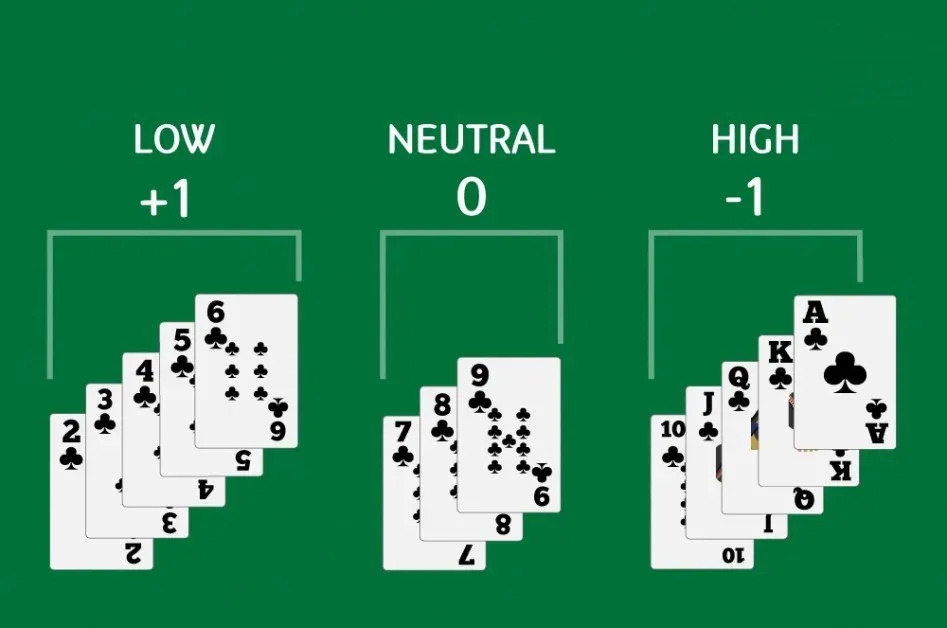
Card Counting in Card Games
The concept of card counting in card games, particularly in blackjack, began to gain prominence in the early 1960s. It was popularized by Edward O. Thorp, a mathematics professor who published the book Beat the Dealer in 1962. Thorp’s techniques, based on probability theory and statistics, demonstrated that players could gain an edge over the house. This marked the beginning of card counting as a systematic strategy in casino blackjack.
Since then, card counting has evolved, with various methods and systems developed to improve efficiency and accuracy. These systems are designed to track the changing advantage throughout the game based on the cards that have been dealt.
Understanding How Card Counting Works
Card counting in blackjack involves keeping track of the high and low cards that have been dealt. Counters typically assign a positive, negative, or zero value to each card type and adjust their count as each card is seen. When the count is positive, it indicates a higher number of high cards remain in the deck, favoring the player.
Advanced Counting Techniques
More advanced systems like the Hi-Opt I or II or the Wong Halves system assign different values to different cards, increasing accuracy. These methods require more practice and mental agility but offer a higher level of precision.
Card Counting for Players with Memory Challenges
Not everyone has an excellent memory, but that doesn’t exclude them from the world of card counting. Simpler systems like the Hi-Lo method can be effective and are easier to master. These methods focus on a balanced count that simplifies the process while still offering an edge.
For those who struggle with memory, practice and repetition are key. Many card counters practice with apps or software to improve their skills. It’s also helpful to play in low-pressure environments to build confidence.
Additionally, visual cues or associative techniques can aid in remembering the counts. Linking card values to specific images or narratives can make the process more intuitive.

Impact of Card Counting on the Game
Effective card counting can significantly alter the game’s dynamic, shifting the odds in favor of the player. This strategy reduces the house edge, potentially leading to more consistent wins and larger profits over time.
However, casinos are aware of card counting strategies and often employ measures to counteract them, such as using multiple decks or reshuffling frequently. Players must be discreet and adaptable to avoid detection and continue playing effectively.
General Effectiveness of Card Counting Strategies
While card counting can be effective, it’s not a guaranteed path to success. The effectiveness depends on the player’s skill level, the specific game conditions, and the ability to adapt to different casino strategies.
It’s also worth noting that card counting requires a significant time investment to master and can be mentally taxing during long gaming sessions. The success of this strategy hinges on a player’s dedication, practice, and mental resilience.
Card Counting: Strategy or Scam?
Card counting is often misunderstood and mistakenly labeled as cheating. In reality, it’s a legitimate strategy based on mathematical principles. It’s not illegal, but casinos may discourage or prohibit it, as it can reduce their profits.
However, it’s important for players to understand the legal and ethical considerations. While counting cards is a skill, using external devices or colluding with dealers is illegal and constitutes cheating. Players must navigate the fine line between strategy and unfair play.



